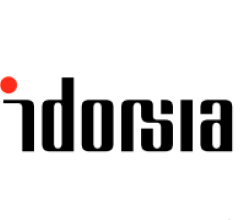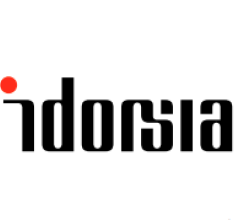
March 27, 2014 — Scientists at CBSET, a not-for-profit preclinical research institute dedicated to biomedical research, education and advancement of medical technologies, are reminding thought leaders in renal denervation that there is a seminal experimental and computational template for the more rational, comprehensive preclinical evaluation and optimization of renal denervation devices that can be utilized during preclinical and clinical development.
“Now is not the time to panic on renal denervation; now is the time to expand our understanding of the mechanisms driving efficacy,” said Peter Markham, president, CEO and co-founder of CBSET. “Application of more advanced device designs, such as multi-electrode catheters, use of irrigation to protect the vascular intima and different approaches such as ultrasound energy delivery or chemical denervation, will provide an exquisite opportunity to further elucidate these mechanisms in therapies including sympathetic denervation and other bioelectronic medicines. Therefore the door is still wide open to optimize therapies targeting the sympathetic nervous system, such as renal denervation.
“The disclosure of the Symplicity-3 data at ACC is a call to action for the scientific community to expand our knowledge base on critical issues surrounding renal denervation, including appropriate endpoints, clinical trial patient selection, and peri-operative biomarkers,” Markham said. “Studies like those recently disclosed by CBSET and those that will be reported by CBSET in the second quarter of this year formulate a template for a more rational and comprehensive preclinical evaluation and optimization of renal denervation devices.”
“CBSET has been able to provide a unique perspective on the determinants of efficacy in renal denervation devices and has, consequently, enabled the medical device industry to discriminate amongst different technologies and further refine treatment paradigms,” added Elazer Edelman, M.D., Ph.D., chairman and co-founder of CBSET. “Mechanistic research at institutions like CBSET will enhance the community’s ability to overcome early challenges in implementation of novel treatment protocols.”
The CBSET approach was first presented at “TCT 2013” by Edelman* and combines quantitative histopathologic characterization of target microanatomy with computational modeling of energy distribution and ablation. The computational models developed by Rami Tzafriri, principal scientist at CBSET, help explain how to understand the impact of renal denervation and how to optimize this emerging technology. These studies in particular shed light on the importance of treatment parameters such as electrode power and duration, while also revealing the dependence of RF (radiofrequency) energy delivery on the structure of perivascular tissues that vary between individuals. Importantly, these data have broader impact beyond the treatment of drug-resistant hypertension. Additional data to be presented at “EuroPCR 2014” in May will expand this understanding of how variable tissue anatomy and nerve distribution can lead to intra-patient variability, even with consistent energy application.
“The MedTech industry and scientific community need to expand our understanding of sympathetic denervation so we can begin to target other diseases in which the sympathetic nervous system plays a critical role, such as heart failure and obstructive sleep apnea,” said Erica Smith, scientific director of business development at CBSET. “The data presented at ACC will provide guidance on how to best approach drug-resistant hypertension as well as these other indications.”
* Electrode irrigation alters RF ablation treatment zone geometry and protects intimal and medial tissue while maintaining injury to renal nerves
For more information: www.cbset.org


 September 09, 2025
September 09, 2025 









